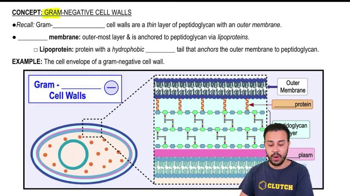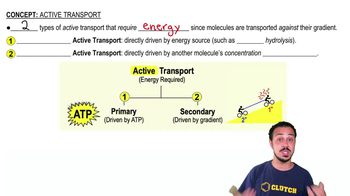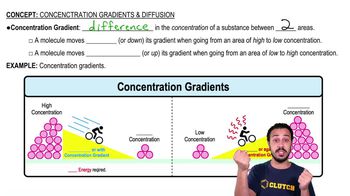Which cellular structure is important in classifying a bacterial species as Gram positive or Gram negative?
a. flagella
b. cell wall
c. cilia
d. glycocalyx
 Verified step by step guidance
Verified step by step guidance



Which cellular structure is important in classifying a bacterial species as Gram positive or Gram negative?
a. flagella
b. cell wall
c. cilia
d. glycocalyx
Match the structures with their descriptions following. A letter may be used more than once or not at all, and more than one letter may be correct for each blank.
____ Glycocalyx
____ Flagella
____ Axial filaments
____ Cilia
____ Fimbriae
____ Pili
____ Hami
A. Bristlelike projections found in quantities of 100 or more
B. Long whip
C. Responsible for conjugation
D. “Sweet cup” composed of polysaccharides and/or polypeptides
E. Numerous “grappling-hook” projections
F. Responsible for motility of spirochetes
G. Extensions not used for cell motility
H. Made of tubulin in eukaryotes
I. Made of flagellin in bacteria
Label the structures of the following prokaryotic and eukaryotic cells. With a single word or short phrase, explain the function of each structure.
<IMAGE> <IMAGE>
a. h.
b. i.
c. j.
d. k.
e. l.
f. m.
g. n.
o.
p.
q.
How do archaeal flagella differ from bacterial flagella and eukaryotic flagella?
Contrast bacterial and eukaryotic cells by filling in the following table.
<IMAGE>
Gram-positive bacteria __________.
a. have a thick cell wall, which retains crystal violet dye
b. contain teichoic acids in their cell walls
c. appear purple after Gram staining
d. all of the above